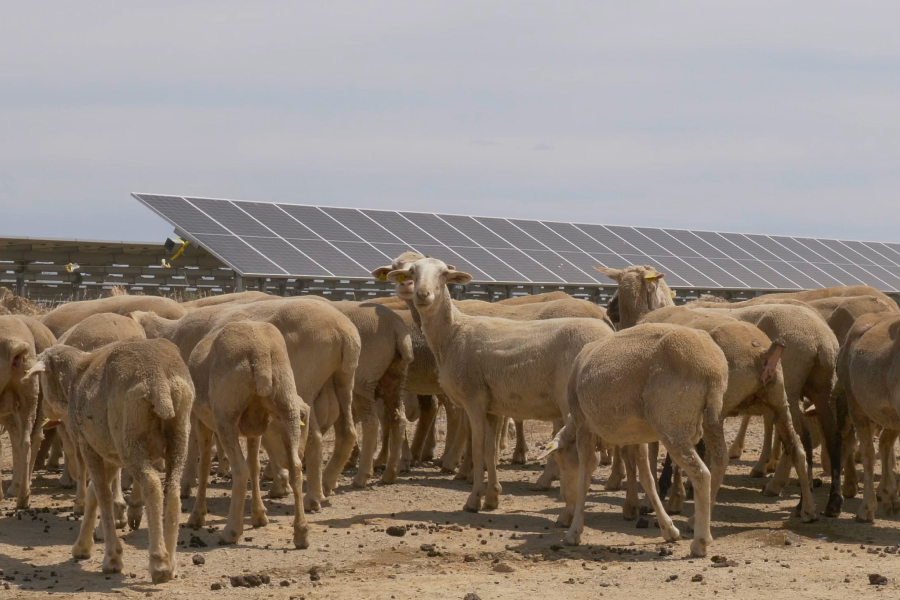The Francisco Pizarro photovoltaic plant makes renewable energies compatible with our natural heritage
- A mapping project by SEO Birdlife together with Iberdrola España marks out an area to protect the little bustard at the solar plant.

The Francisco Pizarro photovoltaic plant, the largest in Europe, has become an example of new renewable developments coexisting with the protection of natural heritage.
During the commissioning of the last phase of the 36,279 MW project between the towns of Aldeacentenera and Torrecilla de la Tiesa, Cáceres, Iberdrola España carried out a project aimed at protecting steppe birds in collaboration with the Spanish Ornithological Society (SEO).
A steppe bird monitoring campaign was launched to identify and protect a breeding area for the little bustard. Thanks to this work, the energy company has reconfigured a small phase of the solar plant project to protect the bird.
Specific measures were also taken to improve forest habitats for wildlife, such as the creation of a controlled breeding centre for rabbits, the installation of nesting boxes and the establishment of bird feeding protection zones.
The plant also has an environmental integration plan that allows the land to be used as pasture for sheep farming, guaranteeing the preservation of the natural environment in an example of coexistence between the development of renewable energy and the environment.
An award-winning plan for its environmental and social integration
The measures carried out for environmental and social integration at the Francisco Pizarro plant earned Iberdrola España the "Sustainability Day" award in the business category. This award, organised by Compromiso RSE and "Equipos&Talento”, seeks to recognise best practices in sustainability.
With an investment of more than 300 million euros, the Francisco Pizarro photovoltaic plant, with its 553 MW of installed capacity, provides clean energy to 334,400 homes a year. It is the largest plant in Europe and the largest project of its kind launched by Iberdrola España worldwide. The park has 1,494,240 photovoltaic modules and 13,724 trackers -a mobile structure that connects the solar panel to the ground and maximises electricity production-.
The solar park, located between the Cáceres municipalities of Aldeacentenera and Torrecilla de la Tiesa, occupying a surface area of 1,300 hectares, has become a driving force for the industrial fabric and local job creation. More than 1,500 people have worked on its construction during its peak periods, of which 60% were workers from the province.
Renewables and conservation in Extremadura
Francisco Pizarro's project is the latest example of coexistence and development between the production of renewable energies and the conservation of the natural environment, but it is not the only one. Another photovoltaic park, the one in Ceclavín, Cáceres, has become a refuge for the cabrera vole, a threatened endemic species and which, thanks to the conditions of this space, has found a place where it can settle and grow in numbers, according to a study carried out by EMAT biologists who describe this plant in Cáceres as "a perfect habitat".
The Campo Arañuelo III photovoltaic plant, located in the town of Romangordo, Cáceres, is another example, where an environmental study confirmed that it is "a quiet and highly usable space" for wildlife. According to the study, which was carried out using photo-trapping techniques, at least 10 different species of mammals and more than 60 small birds live there. The study described the plant as "a favourable environment for native fauna".
These examples demonstrate Iberdrola España's commitment to best environmental practices in its photovoltaic plants in Extremadura.
